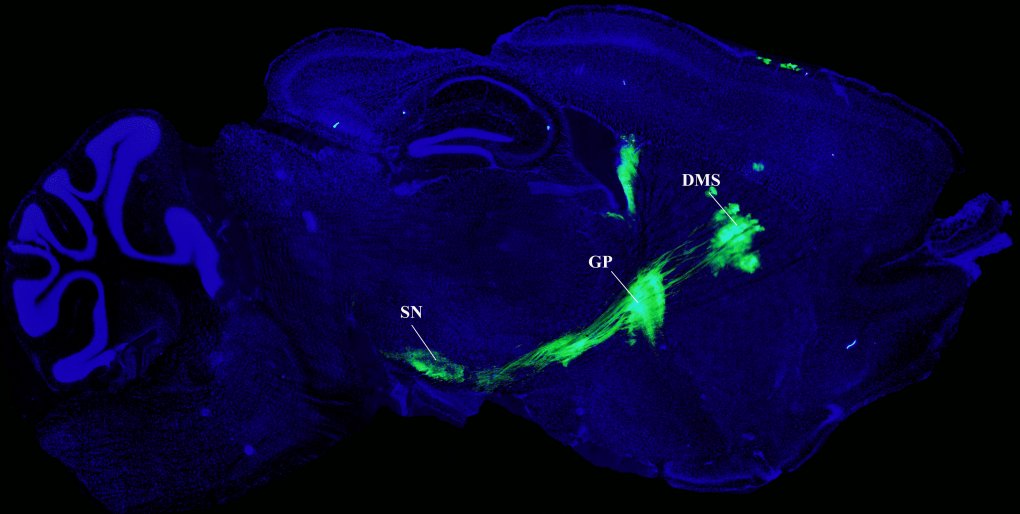Swagata Basu

Swagata Basu is a postdoctoral fellow at the Eunice Kennedy Shriver National Institute of Child Health and Human Development (NICHD) and is studying the role of Neuregulin-ErbB receptor signaling pathway in cortical excitability. She received her Ph.D. in neuroscience from the University of Texas at Dallas and used slice electrophysiology and cognition to understand the neural mechanisms underlying attention and impulsive behavior.
Posts By This Author
This page was last updated on Thursday, January 20, 2022




